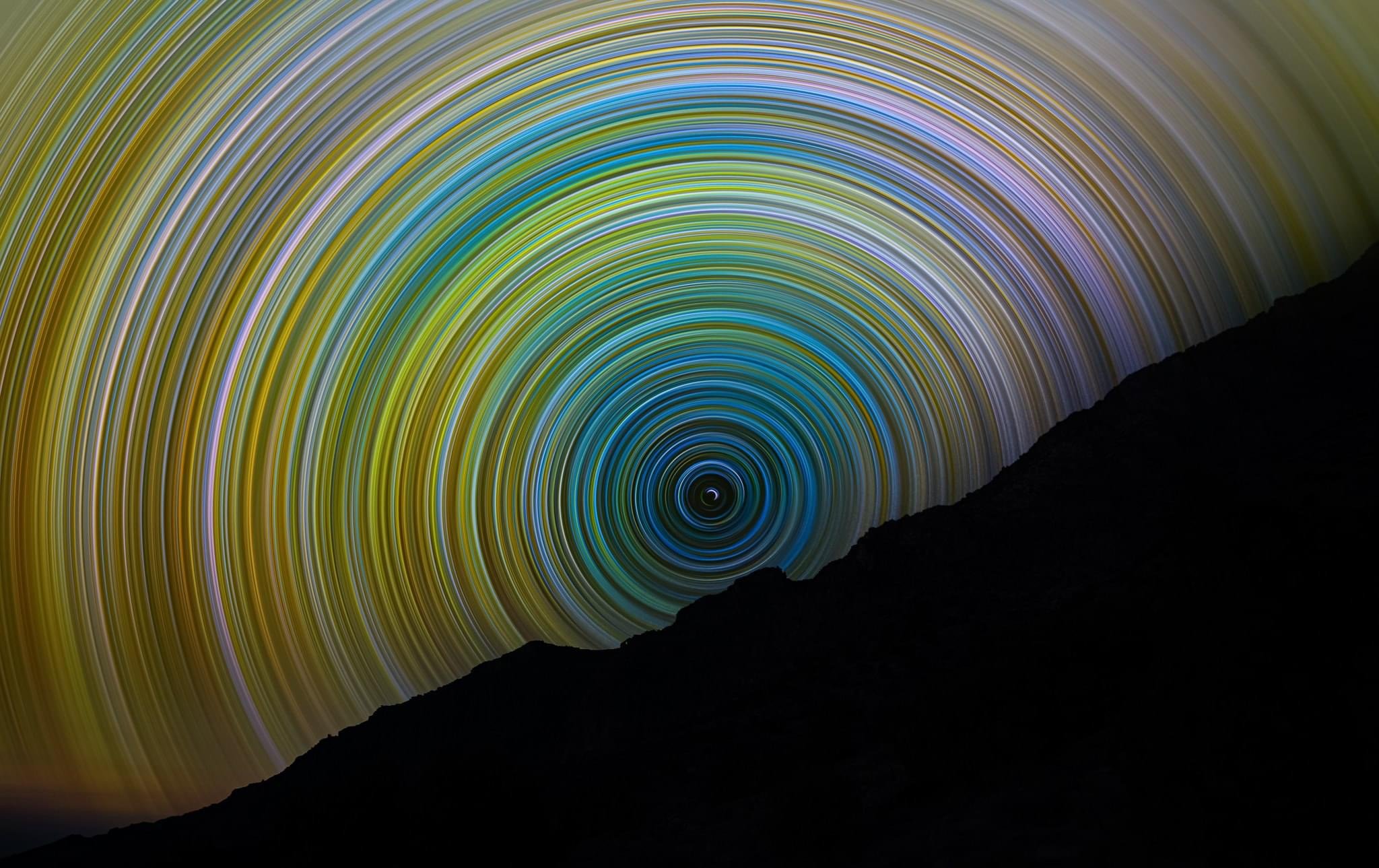
THE COLOR OF STARS
THE CHROMATIC SYMPHONY OF STARS: AN ASTROPHOTOGRAPHERS GUIDE
Star colors are essential in astronomy and astrophysics, providing valuable insights into the properties and characteristics of stars. The apparent colors of stars are closely related to their temperatures, with hotter stars appearing bluer and cooler stars appearing redder (Harre, 2021). Understanding star colors has been fundamental in the history of modern astronomy, with early studies focusing on the by-eye analyses of star colors and their correlation with stellar temperatures (Harre, 2021).
In the realm of graph theory, the concept of star coloring has been extensively studied. A star coloring of a graph involves assigning colors to vertices such that no path or cycle on four vertices is bi-colored (Omoomi et al., 2021). Research has shown that various types of graphs, including planar graphs and bipartite planar graphs, can be star colored with a limited number of colors (Kündgen & Timmons, 2009; Kierstead et al., 2008; Timmons, 2008). For instance, it has been proven that any bipartite planar graph can be star colored with 18 colors (Kündgen & Timmons, 2009), and every planar graph with girth at least 9 can be star colored using 5 colors Timmons (2008).
Moreover, the study of star colors extends to how they impact the ages and metallicities of galaxies. Young stellar populations within galaxies can influence the colors of star systems, leading to deviations in the derived stellar ages and metallicities based on their colors (Li & Han, 2007). The B-V color of galaxies, dependent on the presence of young stars with short lifetimes, can serve as an indicator of recent star formation within galaxies (Cohen, 1976).


The study of star colors spans disciplines from mathematics to astrophysics, shedding light on the temperature of stars, graph theory concepts like star coloring, and the influence of young stellar populations on galaxy colors and properties.
SUMMARY
The color of a star is directly related to its surface temperature, determined by the star’s mass and stage in its lifecycle. This relationship is described by Wien’s displacement law, which posits that the peak wavelength of light emitted by a star shifts based on its surface temperature, with hotter objects emitting light at shorter wavelengths.
Blue Stars: These are among the hottest stars, with surface temperatures exceeding 30,000 Kelvin. They emit most of their energy in the ultraviolet range, but the peak falls within the visible spectrum’s blue portion. Blue stars, often found in young stellar associations, have massive sizes and short lifespans. Examples include Rigel and Bellatrix.
White Stars: With temperatures ranging from 7,500 to 10,000 Kelvin, white stars like Vega and Sirius emit light across the spectrum, but the balance of wavelengths gives them a white appearance. These stars are often in the prime of their stellar evolution.
Yellow Stars: Our Sun is a prime example of a yellow star, with surface temperatures between 5,200 and 6,000 Kelvin. The light from these stars is a mix of wavelengths that, combined, appear yellow to human eyes. These stars are in a stable phase of fusing hydrogen into helium.
Orange and Red Stars: Cooler stars, with temperatures from 3,500 to 5,000 Kelvin, appear orange or red. These include the red giants like Aldebaran and Arcturus, which have exhausted their hydrogen and are now fusing heavier elements. The coolest of these, the red dwarfs, are among the most common stars in the universe.
REFERENCES
The Astrophysical Journal, 203, 587. https://doi.org/10.1086/154115 Harre, J. (2021).
Digital color codes of stars.. https://doi.org/10.48550/arxiv.2101.06254 Kierstead, H., Kündgen, A., & Timmons, C. (2008).
Star coloring bipartite planar graphs. Journal of Graph Theory, 60(1), 1-10. https://doi.org/10.1002/jgt.20342 Kündgen, A. and Timmons, C. (2009).
Star coloring planar graphs from small lists. Journal of Graph Theory, 63(4), 324-337. https://doi.org/10.1002/jgt.20431 Li, Z. and Han, Z. (2007).
How young stellar populations affect the ages and metallicities of galaxies. Astronomy and Astrophysics, 471(3), 795-804. https://doi.org/10.1051/0004-6361:20077242 Omoomi, B., Roshanbin, E., & Dastjerdi, M. (2021).
A polynomial time algorithm to find the star chromatic index of trees. The Electronic Journal of Combinatorics, 28(1). https://doi.org/10.37236/9202 Timmons, C. (2008).
Star coloring high girth planar graphs. The Electronic Journal of Combinatorics, 15(1). https://doi.org/10.37236/848


